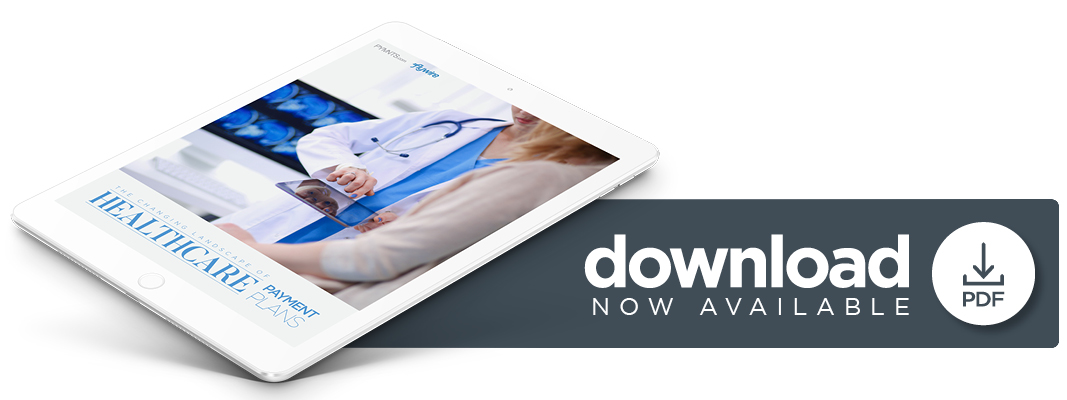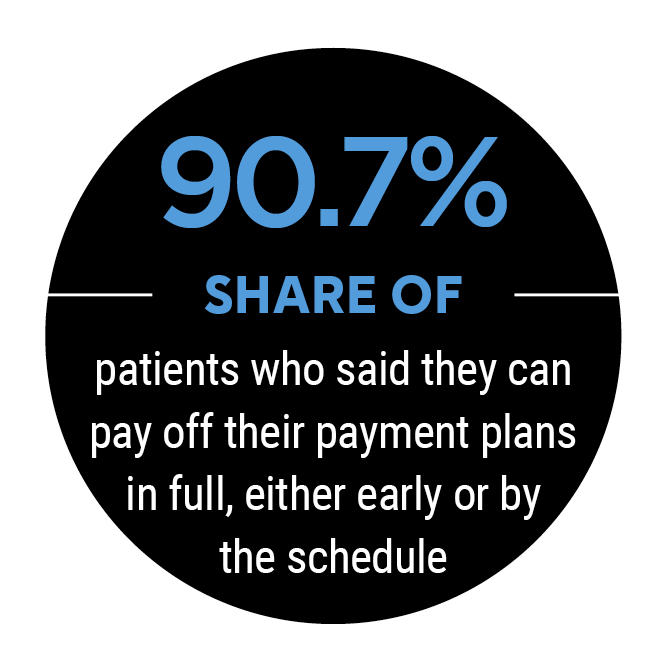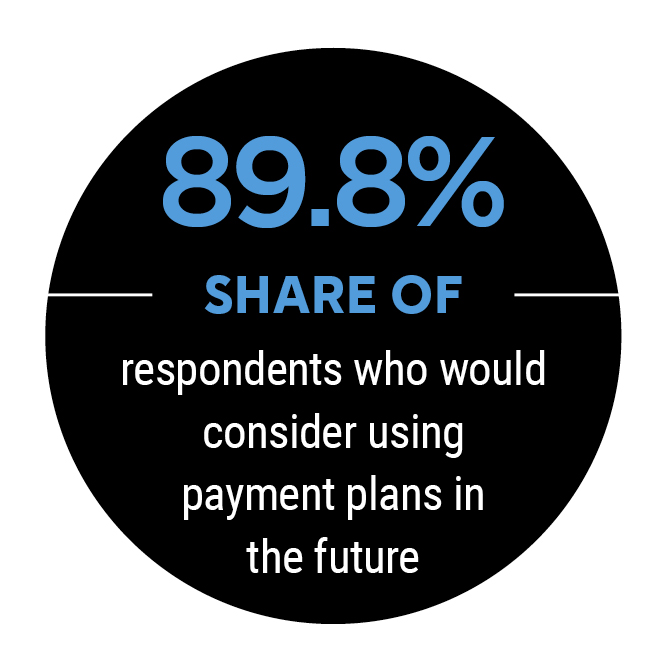How Payment Plans Could Cure A $7.5B Medical Malady

In medicine, it seems there is a side effect for every treatment. The Affordable Care Act (ACA), or Obamacare, which was signed into law in 2010, is no exception.
The purpose of the ACA was to make healthcare more accessible to more people by, among other provisions, eliminating barriers for those with preexisting medical conditions. However, one of the unintended side effects of the ACA was that many health insurance providers began offering high-deductible plans that result in higher patient responsibility or “out-of-pocket” expenses for a deductible or a co-pay. Additionally, health insurance providers faced greater responsibility to collect medical debts.
This has resulted in patients facing an annual $63.7 billion in out-of-pocket medical expenses. Of that share, about $7.5 billion goes unpaid each year.
To better understand how – and, in some cases, if – consumers pay their medical bills, PYMNTS surveyed 2,837 respondents who had either checked into a hospital or visited an emergency room in the previous year. Among the respondents whose hospital visit resulted in an out-of-pocket expense, 44.4 percent used a payment plan to pay off the debt.
PYMNTS also found that a significant share of patients want to eventually pay off their outstanding medical bills. Payment plans, which offer patients a more flexible roadmap to this goal, are appealing for this reason. In the Changing Landscape Of Healthcare Payment Plans Report, a collaboration with Flywire, PYMNTS outlines how patients prefer to receive medical bills, how hospitals should attempt to collect payments, the willingness of patients to consider payment plans in the future and how the prospect of fees or interest on balances affects patients’ commitment to payment plans.
Some notable findings outlined in the report:
- 90.7 percent of patients said they can pay off their payment plan in full, either early or by following the plan schedule.
- 89.8 percent of respondents said they would be willing to consider using a payment plan in the future, doubling the current rate of usage.
 Of the patients who faced medical debt of $1,000 or higher, 24.5 percent said they used a payment plan to resolve part of their debt.
Of the patients who faced medical debt of $1,000 or higher, 24.5 percent said they used a payment plan to resolve part of their debt.- Patients who did not pay their debt and had no plans to do so faced the highest out-of-pocket average of $758.
- 70 percent of patients factor in the prospect of fees when considering using a payment plan.
All told, payment plans can offer a wide range of benefits for the U.S. healthcare system. They could also help patients feel more comfortable about accessing medical care, and could lower the risk that patients will feel alienated by a potentially high medical bill. In addition to offering patients a more flexible option to resolve their medical bills, payment plans also represent an opportunity for hospitals to recover at least a portion of the $7.5 billion in medical expenses that go unpaid each year.
Download the report to explore more than 370 data points on payment plans’ potential impact on healthcare.
About the Report
For the Changing Landscape Of Healthcare Payment Plans Report, PYMNTS, in collaboration with Flywire, surveyed 2,837 patients who had checked into a hospital or emergency room in the previous year. The report, which includes over 370 data points, highlights patient preferences in resolving their medical debt and the approaches hospitals took to resolve or collect outstanding balances.


